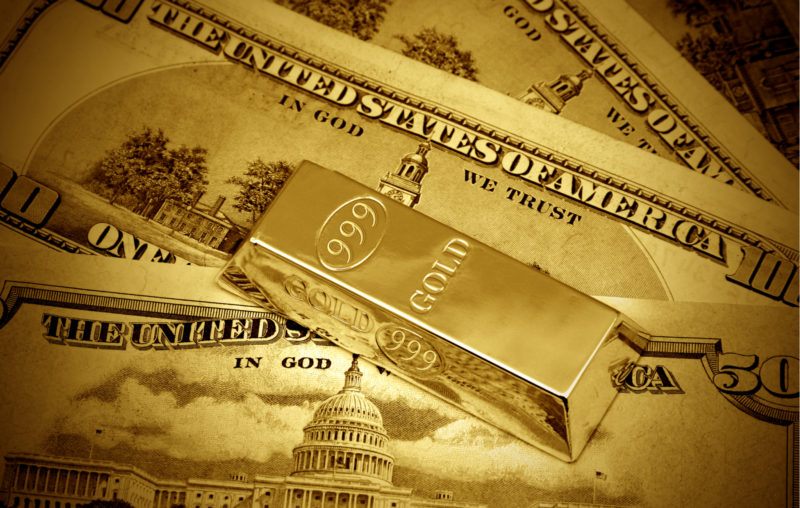Judy Shelton is Right About the Gold Standard

Dr. Judy Shelton, one of President Trump’s nominees to the Federal Reserve’s Board of Governors, recently passed a Senate committee vote and is currently waiting to be confirmed by the full Senate. She has drawn scathing criticism from the commentariat, mostly due to her positive view of the gold standard. Shelton’s detractors have published several attacks on the gold standard in recent weeks. Steven Rattner, a counselor to President Obama’s Treasury secretary, writes that the gold standard is “a long-abandoned approach” and that a Fed official supporting it “would be akin to a Supreme Court justice embracing the Code of Hammurabi.” David Wilcox, a former research director at the Federal Reserve Board, lambasts the gold standard as an “outmoded approach to setting monetary conditions.” The Los Angeles Times editorial staff complains that the “gold standard is the antithesis of modern monetary policy.” The experts are unanimous: supporting the gold standard is tantamount to monetary quackery.
Yet, as with many other things in recent months, the so-called experts are seriously mistaken. They have not done their homework. If they had, they would know their arguments against the gold standard do not hold water.
Gold standard skeptics have a tendency to commit the nirvana fallacy. They compare ideal fiat money systems to actual gold money systems. The former might look better on paper. But that is not the right comparison. Admittedly, in the US, the gold-based National Banking System, which preceded the Federal Reserve System, had serious problems. But even with its flaws, it was still less bad than the fiat money system we have now.
Among those familiar with monetary and macroeconomic history, this is not a controversial claim. Even granting the Fed a mulligan for the years 1913-1945, its performance is unimpressive. In the mid-1980s, Christina Romer, who was chair of President Obama’s Council of Economic Advisors, convinced the economics profession they had overestimated the degree of post-WWII macroeconomic stability. The perception of tranquility was a mirage, a “figment of the data.” More recently, George Selgin, William Lastrapes, and Lawrence White found that, although “the Fed’s performance has undoubtedly improved since World War II, even its postwar performance has not clearly surpassed that of its undoubtedly flawed predecessor, the National Banking system, before World War I.” Thomas Hogan showed “real GDP growth has been lower under the Fed, while inflation has been higher.”
What, then, of the economic instability and periodic banking panics that plagued the pre-Fed era? As it turns out, this was not the fault of the gold standard, but counterproductive regulations that hampered the National Banking System (1863-1913, with gold redeemability beginning in 1879). First, banks were prevented from opening multiple branches, which overexposed them to location-specific risk. Second, banks were forced to back their notes with government bonds, which made it harder to adjust the money supply to the needs of commerce. These twin hindrances made the National Banking System fragile. The problem was politics, not gold.
Reasonable people can disagree about Dr. Shelton’s suitability for the Board of Governors. They can also disagree about what lessons should be drawn from the US experience with gold-backed money, and what the implications are for monetary policy today. But it is simply false to claim that the gold standard was a source of perpetual economic chaos, and that we are better off today without it. All things considered, the gold standard is “superior in some respects and no worse in others.” Rather than a “barbarous relic,” as John Maynard Keynes famously called it, the gold standard is an instrument for economic harmony and civilized commercial relations.
When it comes to the gold standard, the experts have spent too much time reading their textbooks and not enough time studying actual history. Empirical questions require empirical answers, and no amount of armchair theorizing can settle how gold stacks up to fiat money. On this, Dr. Shelton is right and the commentariat wrong.










